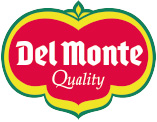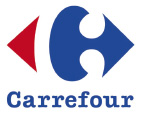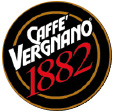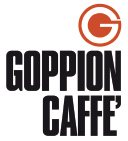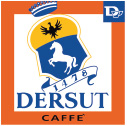A packaging to touch
Did you know that consumers are more likely to buy products that have similar shapes to the objects they hold while they are shopping? We are talking about smartphones, wallets but also mouse and keyboard in the case of online purchases. It seems absurd, but it is science that supports this theory.
Zachary Estes, associate professor of Bocconi’s Marketing Department, and Mathias Streicher of the University of Innsbruck, conducted a series of experiments, concluding that the form of packaging is of fundamental importance.

The triangle of the senses
Let’s take an example. Did you know that when you go into a bar with a smartphone in your hand and you want a snack, are you more likely to come out with a snack of the same shape as your smartphone?
The feel and sight of an object makes it easier to buy products of the same shape and dimension what is squeezed in your hand.
For example, when holding a mobile phone, you are more likely to choose a KitKat ™ than a Snickers ™ because the shape of the KitKat ™ is more similar to that of the phone.
The sinuous forms of the bottle of Coca-Cola certainly have a further power: to instantly evoke the identity of the brand and therefore the recognition.
But a captivating and original packaging goes beyond the forms, rather it leads consumers to the desire for a contact with the packaging itself. In some cases, the tactile perception can become even more reliable than the visual one.
There are people who feel the need to touch the product before the purchase and this desire must lead designers and marketing managers to differentiate their packaging, to bring the consumer to desire at all costs the product.
So we feel like giving advice to companies: to increase sales it is useful to create a packaging that imitates the shape of the objects that the consumer usually keeps in hand during shopping.



